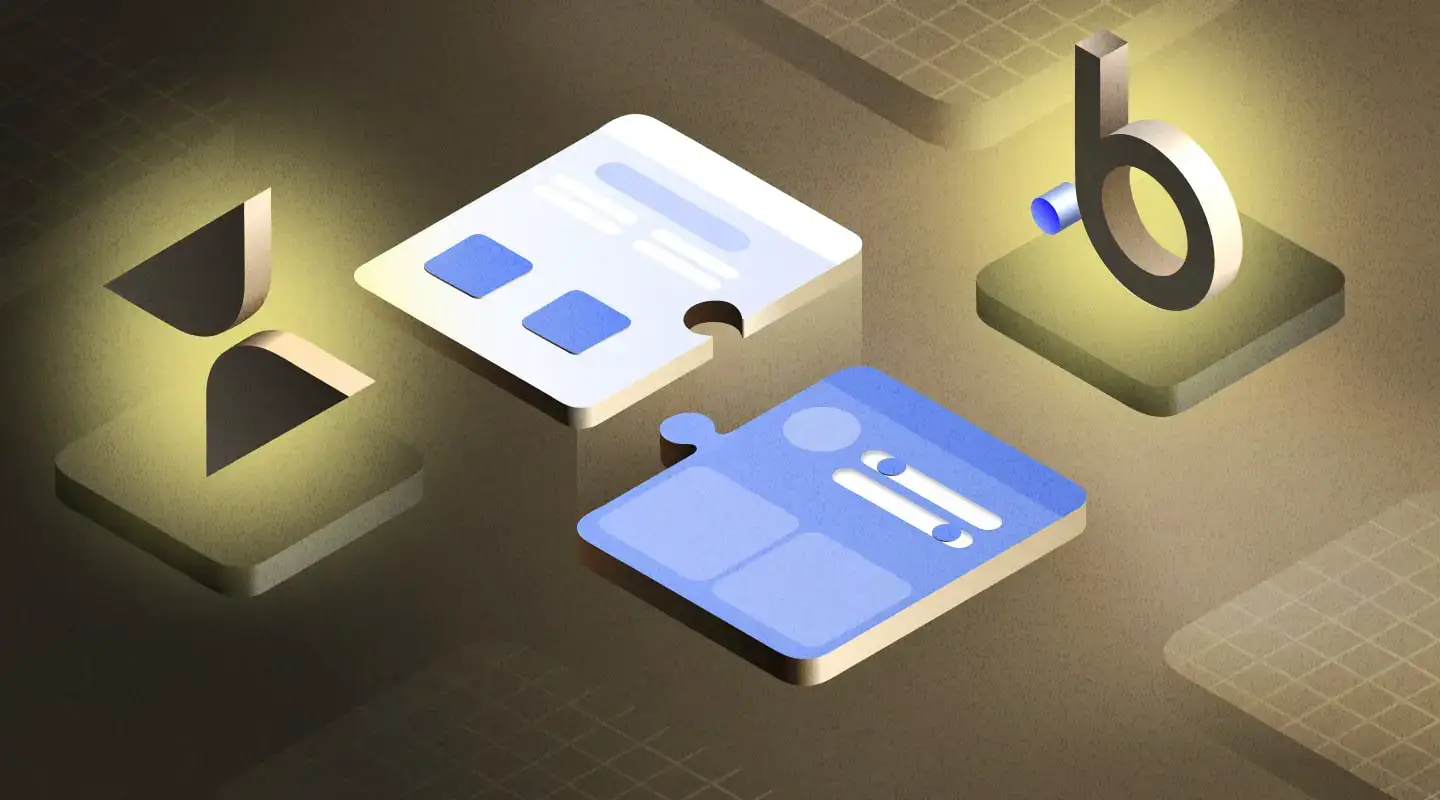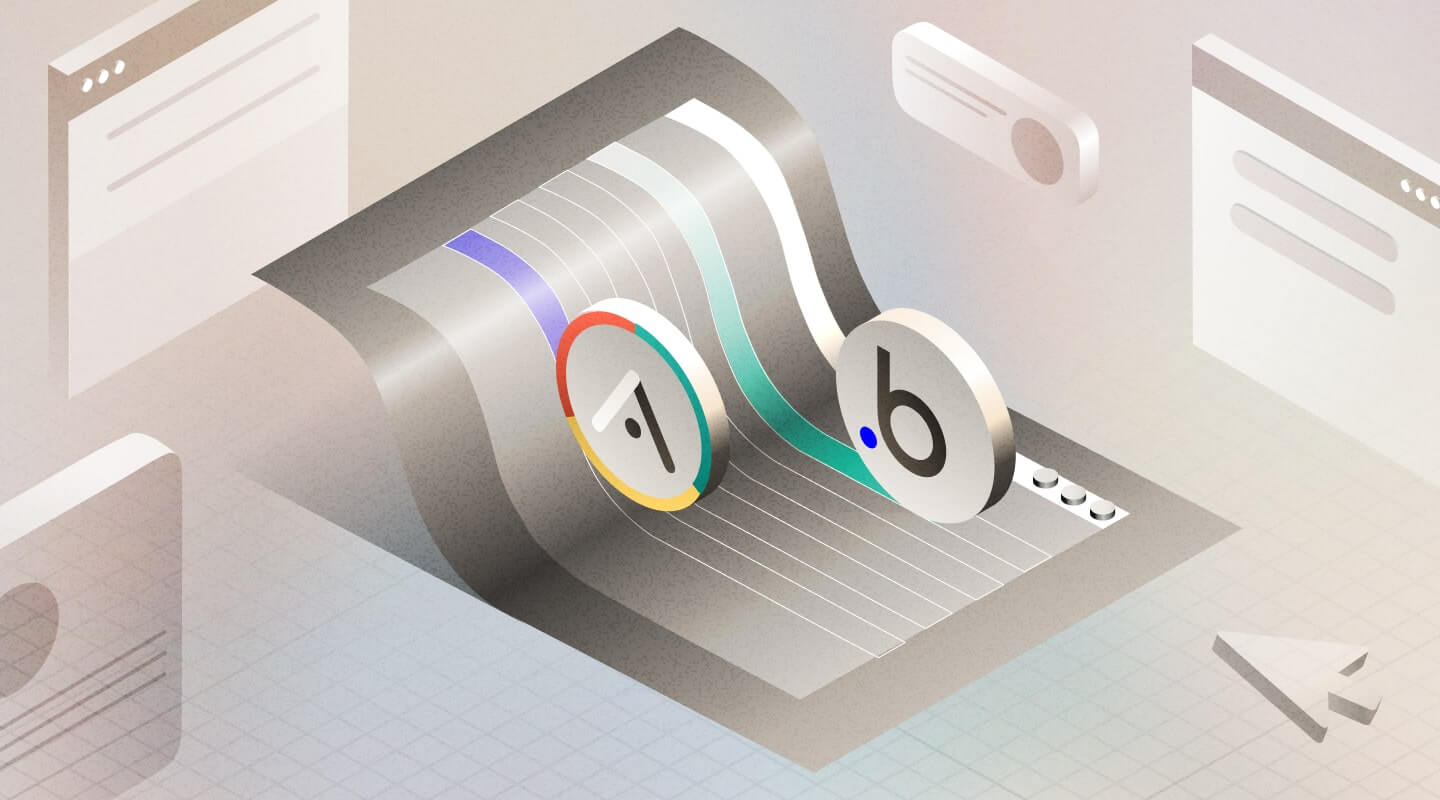
Glide vs. Bubble: our detailed comparison
No-code platforms like Glide and Bubble have revolutionized the way entrepreneurs, startups, and businesses build applications without traditional coding. While both tools empower users to create web and mobile apps, they cater to different use cases and levels of complexity. In this comparison, we’ll break down their key differences to help you choose the right platform. Plus, we’ll introduce UI Bakery as another versatile alternative worth considering.
Glide: quick introduction
Glide, as one of the most popular no-code platforms, is focused on building mobile and web apps using Google Sheets or Glide Tables as a database. It has a visually-appealing and easy to use drag-and-drop builder and is packed with AI development feature, making it accessible to non-technical users who need to develop simple, data-driven apps. Glide allows users to build apps for internal business operations, client portals, and lightweight customer-facing applications.
Bubble: quick introduction
Bubble is a more complex no-code tool designed for building complex web applications. Unlike Glide, which integrates primarily with Google Sheets, Bubble offers a fully-fledged backend, database management, and workflow automation. This makes it an excellent choice for developing SaaS applications, marketplaces, and feature-rich web platforms. However, its flexibility comes with a steeper learning curve.
Glide vs. Bubble: best use cases
Glide will best suit teams that need simple mobile-friendly apps that rely on structured data. Best use cases are internal business tools, directories, and customer portals. It’s an ideal choice for anyone prioritizing simplicity and need an easy way to turn spreadsheets into functional applications.
Bubble, in contrast, is better for teams building scalable, web-based apps that require custom workflows, API integrations, and complex logic. It’s perfect for SaaS products, marketplaces, and web platforms requiring advanced customization.
Glide vs. Bubble: ease of use
Glide is designed for beginners, offering an intuitive interface with pre-built templates. Its drag-and-drop builder simplifies app creation, making it accessible to non-developers. While powerful, its functionality remains limited compared to Bubble.
Bubble has a visually appealing UI though it usually requires more effort to master the front-end part due to its extensive workflow and logic-building capabilities. It might be hard for users with no prior experience to understand the app initially. There will be a steep learning curve but Bubble has an extensive library of resources and a large community to help.
Glide vs. Bubble: customization and features
Glide offers a rich selection of pre-made UI components that work seamlessly with Google Sheets. Although the platform has some sort of customization, it lacks the advanced logic and workflow capabilities that can be found in Bubble. It will be an ideal choice for quick and data-driven applications but is not suited for complex software solutions.
Bubble, on the other hand, succeed in customization. It provides full control over workflows, database structures, and UI design. The tool also supports complex API integrations and dynamic content, enabling developers to build sophisticated and feature-rich applications based on their needs. However, it lacks built-in mobile app deployment, requiring additional tools for native mobile support.
Glide vs. Bubble: performance and scalability
Glide is optimized for small to medium-scale applications. While it performs well for lightweight apps, its reliance on Google Sheets can lead to limitations in handling large datasets and complex logic.
Bubble provides better scalability due to its robust backend capabilities. However, performance may degrade if applications become too complex without optimization. Users often need to upgrade to higher-tier plans for better performance.
Glide vs. Bubble: full-stack
Glide focuses on front-end development and depends on Google Sheets or Glide Tables for backend data management. It lacks most built-in backe-nd capabilities and logic, but may support it through integrations.
Bubble comes more as a full-stack solution, so it can manage both front-end and backend processes. The platform supports database management, user authentication, API integrations, and server-side logic, making it a more versatile solution for web application development.
Glide vs. Bubble: ecosystem
Glide has a growing ecosystem centered around its Google Sheets integration. While it offers useful templates and components, its plugin marketplace is smaller than Bubble’s.
Bubble has a rich ecosystem with an extensive plugin marketplace, templates, and a large community. It supports diverse use cases, making it a flexible option for developers looking to extend their applications.
Glide vs. Bubble vs. UI Bakery: at-a-glance comparison
Glide and Bubble cater to different needs, but UI Bakery serves as an alternative that balances ease of use with advanced customization. Let's compare all the tools for a more comprehensive overview:
Final thoughts on the Glide vs. Bubble comparison
Choosing between Glide and Bubble depends on your specific needs. Glide is perfect for building simple, data-driven mobile applications, while Bubble is the ideal choice for complex, fully customizable web applications. If you’re looking for a flexible, scalable alternative with strong UI capabilities, UI Bakery provides a balanced approach, offering ease of use and advanced customization, making it a valuable tool for building internal apps and dashboards.




